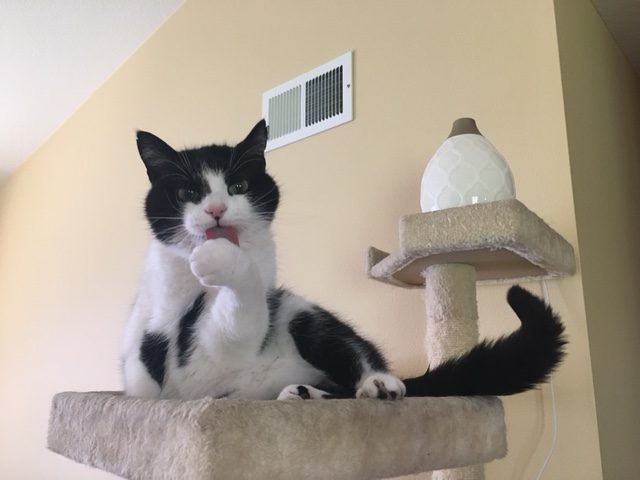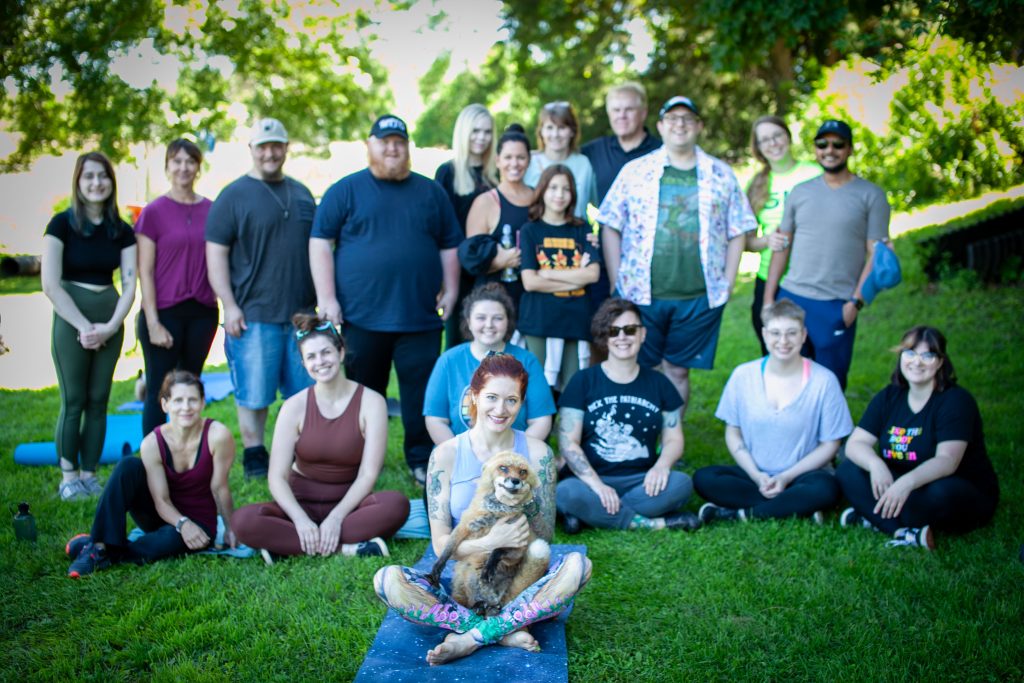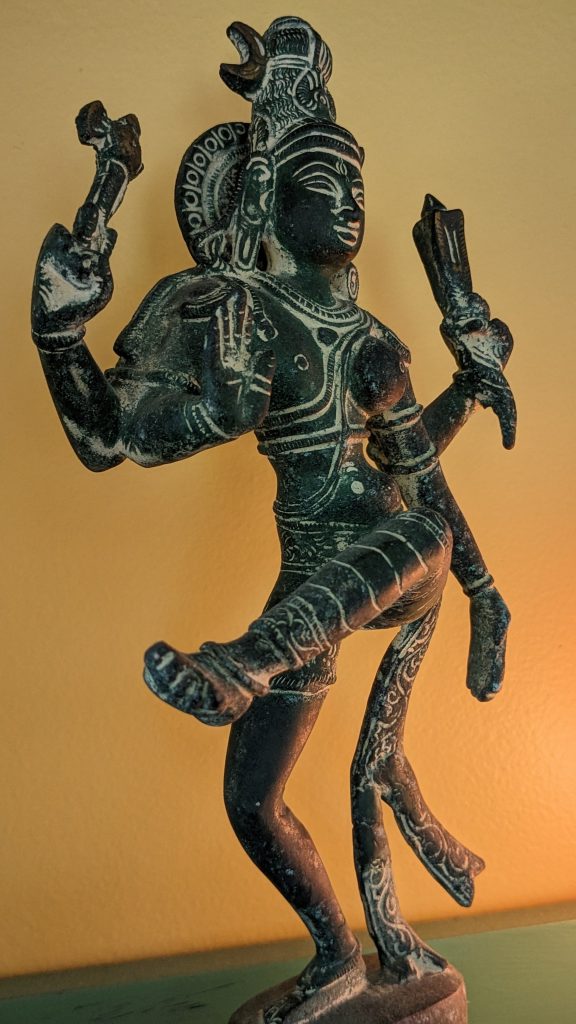When faced with questions regarding essential oils and their use on and around household pets, the simplest answer is “It depends”. To hopefully bring a bit of clarity and consideration into the use of essential oils (EOs) with your pet, I offer these concepts to educate and guide decisions. This article is not meant to take the place of veterinary advice, and for any veterinary medical condition or personal concern, always reach out to your pet’s medical team.
You can find thousands (if not millions) of options available on the consumer market for EOs, from single origins to boutique blends, with many more making their way into our household products. However, it should be encouraged by everyone to research, correlate, and review any EO before use on their pet.

Essential Oils 101:
Essential oils are the volatile hydrophobic portion of a plant, with the water-based hydrosol being the other part. Processes to distill EOs include water/steam (appropriate for pets), CO2, alcohol, and other chemical solvents. Parts of the plant used vary between flowers, leaves, stems, bark and wood, resins, seeds, and roots. EOs contain the secondary metabolites of a plant’s physiology, such as terpenoids, shikimates, polyketides, and alkaloids, holding the easily evaporated aromatics making up the plant’s scent. The chemical compounds play various roles in the human and animal body. These may be aromatically integrated into the brain’s limbic system and affect emotions and mental states, or be absorbed through the skin, where they incorporate into body processes related to wound healing, inflammation, body metabolism and repair, individual organ activity, and many others currently being discovered.
Considerations in Safe EO Use for Dogs and Cats:
Purity: Essential oils are not currently considered a therapeutic product, therefore not subject to the rigorous testing and labeling requirements under the Food and Drug Administration (FDA) like pharmaceuticals and prescription veterinary medications. The FDA does include a list of the essential oils “generally recognized as safe” (GRAS) for their intended use under the 21CFR182.20, which can be used as one beginning reference when investigating and using EOs. Certification and purity testing is left on the producing company, and often used to demonstrate trust in the label, as well as scientific support for usage of the essential oil product without medical claims. While purity testing is not a requirement, knowing the purity of your essential oil product can be the difference between toxicity and safe use, inappropriate exposure, or helpful synergistic tools.
For example, the growing interest around Lavender (Lavandula angustifolia) essential oil, including nearly 60K scientific journals on PubMed alone, led to this being one of the most adulterated essential oil products on the market. Sandalwood, rose, citrus oils, and peppermint EOs also land among the top five.
Potency: The concept of “less is more” and “a little goes a long way” echoes through books, conversations, and recipes when using essential oils. The amount of raw materials needed to create essential oils not only significantly outweighs the oil produced, the concentration of the various chemical compounds also increases. To illustrate these points, harvesting 5ml of Rose (Rosa damasca) EO needs over 250,000 rose petals, and 25 lemons contain the equivalent of 5ml of Lemon EO. If the concentration potential of EOs wasn’t apparent, use the personal experience of accidentally rubbing eyes or any sensitive area after applying Peppermint (Mentha piperita) EO versus. handling a mint leaf to tell you about the potency of 1 drop.
Animals possess a different and complex experience with potency of smells, taste, and body metabolism compared to humans, leading to different topical, oral, and aromatic uses between the species. I am personally grateful for the work of Nancy Brandt DVM, Melissa Shelton DVM, Barb Fox DVM, Susan Albright DVM, Robert Tisserand, Jean Valnet MD, and Rodney Young PhD, who continue to advance the use of EOs through evidence-based medicine and scientific research, providing great resources for individualized questions and references.
Purpose: Once we’ve identified a purity tested EO and researched its potency, then we can begin using the EOs with purpose. EOs can be used in a variety of ways, including as is (“neat”), in drinking water, water-based air diffusers, sprays, in food, and topically with or without a carrier oil. Obviously, not every EO is appropriate for each of those applications, so investigating the individual EO or blends is required by the prudent pet parent. Different EOs also have affinities for various body systems and contain properties that may contribute to the supportive care of a pet with a medical condition.
Through due diligence, we can care for our pet in an integrative way, utilizing the gift of essential oils in pet wellness.
Laura Willenbring lives a life of curious fascination with the natural world, never without a book on hand or a question on her heart. A 500hr RYT and RPYT with thousands of hours of study and practice, she’s currently completing her Ayurvedic Health Counselor requirements. Along with yoga, Laura is a licensed and practicing integrated veterinarian focusing on Traditional Chinese Veterinary Medicine, acupuncture, food therapy, herbal medicine, public health, and food safety. She recognizes the intersectionality of the human-animal bond, and the value of integrated practices for people as well as pets.
















